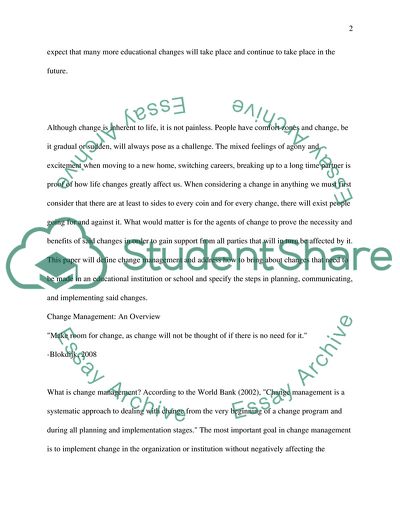Cite this document
(Change Management for Schools: Moving Forward for Better Teaching and Coursework, n.d.)
Change Management for Schools: Moving Forward for Better Teaching and Coursework. https://studentshare.org/education/1717260-change-in-school
Change Management for Schools: Moving Forward for Better Teaching and Coursework. https://studentshare.org/education/1717260-change-in-school
(Change Management for Schools: Moving Forward for Better Teaching and Coursework)
Change Management for Schools: Moving Forward for Better Teaching and Coursework. https://studentshare.org/education/1717260-change-in-school.
Change Management for Schools: Moving Forward for Better Teaching and Coursework. https://studentshare.org/education/1717260-change-in-school.
“Change Management for Schools: Moving Forward for Better Teaching and Coursework”. https://studentshare.org/education/1717260-change-in-school.


